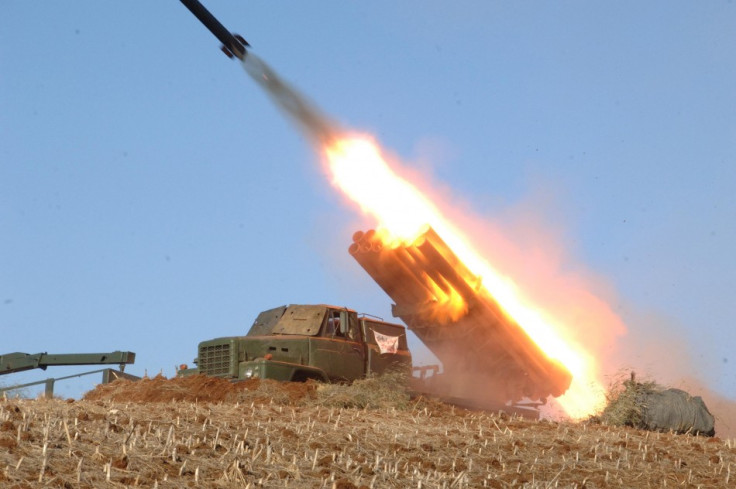US to Deploy Missile Interceptors to Counter North Korea Threat
Pentagon to install new radar system in Japan to monitor North Korea

The US will deploy 14 more surface-to-air missile interceptors in Alaska by 2017 in order to counter the growing threat from North Korea, Defence Secretary Chuck Hagel has announced.
Strengthening missile defences on the west coast has been prompted by the "series of irresponsible and reckless provocations" made by Pyongyang, added Hagel.
Apart from the missile interceptors, the Pentagon will also set up a new radar system in Japan to detect any immediate threat from the defiant nation.
"I'm announcing a series of steps the United States will take to stay ahead of the challenge posed by Iran and North Korea's development of longer-range ballistic missile capabilities," said Hagel, indicating that Washington is taking the recent threats seriously.
The missile interceptors, to be deployed at Fort Greely in Alaska, will cost around $1bn (£660m). The US west coast already has 30 missile interceptors.
The sites at California and Alaska were set up during the administration of George W Bush to counter the perceived threat from North Korea.
Speaking at a press conference, Hagel said: "The United States has missile defence systems in place to protect us from limited ICBM attacks, but North Korea in particular has recently made advances in its capabilities and is engaged in a series of irresponsible and reckless provocations."
North Korea carried out its third nuclear test last month, in the face of international condemnation. It followed the test with a string of threats against the US.
The American defence system has been criticised recently, but Hagel said that US citizens "should be assured that our interceptors are effective".
Although North Korea is believed to possess more than 1,000 short-range ballistic missiles, its ability to develop a reliable long-range missile has been doubted. Analysts believe that Pyongyang is years away from producing a long-range nuclear missile capable of striking the US mainland.
North Korea also fired short-range missiles during the ongoing joint military exercise by South Korea and the US.
"A North Korean military unit on drill test-fired two shots of short-range missiles, presumed to be KN-02 missiles, into the East Sea. The launch was seen as testing its capability for short-range missiles. It seemed to be conducted on a military-unit level, not at a national level," a Seoul military source told the Yonhap news agency.
© Copyright IBTimes 2025. All rights reserved.






















